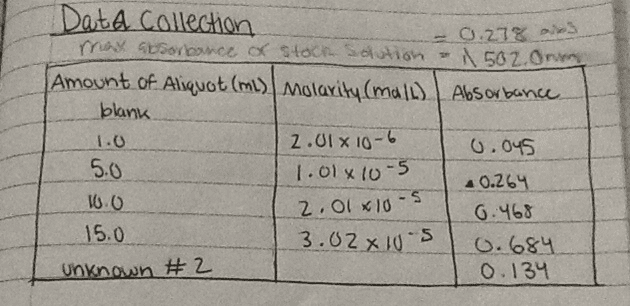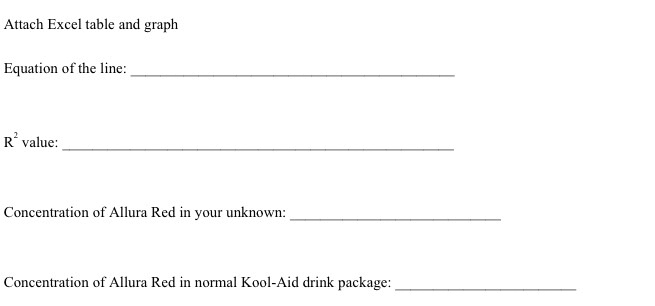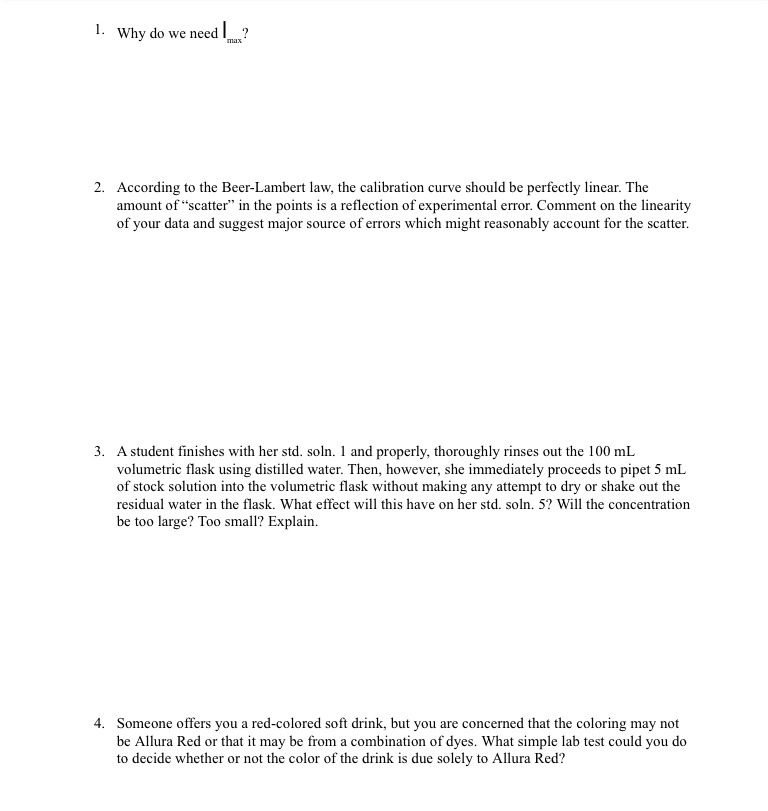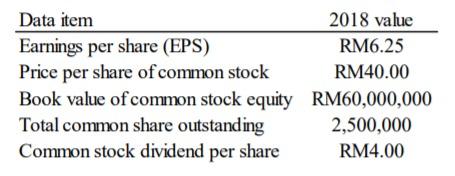JUST 1010 Lecture Notes - Lecture 8: Linear Continuum, Grievous Bodily Harm, Risk Assessment

UOFC -What is it?
The UOFC is not:
Law or policy
-
A justification model
-
A linear continuum
-
#1 Cop Killer: complacency
The UOFC is:
A visual aid
-
A teaching aid
-
An aid for articulation
-
The Principles Guiding the UOFC
Preserve and protect life
-
Pubic safety
-
Officer safety
-
Consistent with law
-
Model applied during the assessment of risk
-
Risk assessment is continuous and evolves
-
Risk Assessment
What is risk assessment?
Everyday as individuals we make risk assessments
-
Why do we rate risk?
Is there a standard step by step process for conducting a risk assessment?
No. A risk assessment can take on many forms and will be driven by situational factors and the
type of event (ex. planned events vs. unfolding events vs. spontaneous events).
-
Things that affect Risk Assessment
Situational Factors
Environment
→
Number of Subjects
→
Perceived Subject's Abilities
→
Knowledge of Subject
→
Time and Distance
→
Threat Cues
→
•
Subject Behaviours
Cooperative: subject responds appropriately.
•
Passive Resistant: subject refuses, w little or no physical action, to cooperate with the
officer's lawful direction.
•
Active Resistant: the subject uses non-assaultive physical action to resist an officer's lawful
direction.
•
Assaultive: the subject attempts, threatens or applies force to another person
•
Grievous Bodily Harm or Death: actions that could result in serious injury or death to an
officer or member of the public.
•
•
Officer's Perceptions
Size, strength/Overall fitness
→
Fatigue
→
Skill/Ability/Training
→
Fears/Confidence
→
Personal experience
→
Gender
→
•
Tactical Considerations
Back Up
→
Contact/Cover Roles
→
K9
→
Escape Routes
→
SWAT
→
Other Support Services
→
Isolated Community
→
•
How would you determine which intervention option to use?
The totality of the situation will determine your response. The subject's behaviour and situational
factors alone cannot ascertain the level of use for any intervention option.
-
7 Tactical Principles
Cover and concealment 1.
Threat cues 2.
Time and distance (ratio) 3.
One plus one 4.
Verbalization 5.
De-escalation 6.
Survival mentality7.
Intervention Options
Officer Presence: while not strictly an intervention option, the simple presence of an officer can
affect both the subject and the situation.
•
Communication: an officer can use verbal and non-verbal communication to control and/or
resolve the situation.
•
Physical Control Soft/Hard: physical control means any physical technique used to control the
subject that does not involve the use of a weapon. (soft techniques/hard techniques)
•
Intermediate Weapons involves the use of less-lethal weapons (Ex.taser, pepper spray, flashlight,
ASP).
•
Summary
The UOFC-What is it? 1.
The Principles Guiding the UOFC
Preserve/protect life, etc..a.
2.
Description of the Model
Risk assessment
Situational factors
→
Subject behaviours
→
•
3.
In Ontario, anyone
coming at you
with an edged
weapon within 21
feet-justification
to shoot.
5 QUES
CETTOVDS
W8 Use of Force Continuum
Thursday,* March*8,*2018
8:16*AM

UOFC -What is it?
The UOFC is not:
Law or policy
-
A justification model
-
A linear continuum
-
#1 Cop Killer: complacency
The UOFC is:
A visual aid
-
A teaching aid
-
An aid for articulation
-
The Principles Guiding the UOFC
Preserve and protect life
-
Pubic safety
-
Officer safety
-
Consistent with law
-
Model applied during the assessment of risk
-
Risk assessment is continuous and evolves
-
Risk Assessment
What is risk assessment?
Everyday as individuals we make risk assessments
-
Why do we rate risk?
Is there a standard step by step process for conducting a risk assessment?
No. A risk assessment can take on many forms and will be driven by situational factors and the
type of event (ex. planned events vs. unfolding events vs. spontaneous events).
-
Things that affect Risk Assessment
Situational Factors
Environment
→
Number of Subjects
→
Perceived Subject's Abilities
→
Knowledge of Subject
→
Time and Distance
→
Threat Cues
→
•
Subject Behaviours
Cooperative: subject responds appropriately.
•
Passive Resistant: subject refuses, w little or no physical action, to cooperate with the
officer's lawful direction.
•
Active Resistant: the subject uses non-assaultive physical action to resist an officer's lawful
direction.
•
Assaultive: the subject attempts, threatens or applies force to another person
•
Grievous Bodily Harm or Death: actions that could result in serious injury or death to an
officer or member of the public.
•
•
Officer's Perceptions
Size, strength/Overall fitness
→
Fatigue
→
Skill/Ability/Training
→
Fears/Confidence
→
Personal experience
→
Gender
→
•
Tactical Considerations
Back Up
→
Contact/Cover Roles
→
K9
→
Escape Routes
→
SWAT
→
Other Support Services
→
Isolated Community
→
•
How would you determine which intervention option to use?
The totality of the situation will determine your response. The subject's behaviour and situational
factors alone cannot ascertain the level of use for any intervention option.
-
7 Tactical Principles
Cover and concealment 1.
Threat cues 2.
Time and distance (ratio) 3.
One plus one 4.
Verbalization 5.
De-escalation 6.
Survival mentality7.
Intervention Options
Officer Presence: while not strictly an intervention option, the simple presence of an officer can
affect both the subject and the situation.
•
Communication: an officer can use verbal and non-verbal communication to control and/or
resolve the situation.
•
Physical Control Soft/Hard: physical control means any physical technique used to control the
subject that does not involve the use of a weapon. (soft techniques/hard techniques)
•
Intermediate Weapons involves the use of less-lethal weapons (Ex.taser, pepper spray, flashlight,
ASP).
•
Summary
The UOFC-What is it? 1.
The Principles Guiding the UOFC
Preserve/protect life, etc..a.
2.
Description of the Model
Risk assessment
Situational factors
→
Subject behaviours
→
•
3.
In Ontario, anyone
coming at you
with an edged
weapon within 21
feet-justification
to shoot.
5 QUES
CETTOVDS
W8 Use of Force Continuum
Thursday,* March*8,*2018 8:16*AM
Document Summary
A risk assessment can take on many forms and will be driven by situational factors type of event (ex. planned events vs. unfolding events vs. spontaneous events). Passive resistant: subject refuses, w little or no physical action, to cooperate w officer"s lawful direction. Active resistant: the subject uses non-assaultive physical action to resist an offi direction. Assaultive: the subject attempts, threatens or applies force to another person. Grievous bodily harm or death: actions that could result in serious injury or dea officer or member of the public. Back up ors and the with the fficer"s lawful eath to an. In ontario, anyone coming at you with an edged weapon within 21 feet- justification to shoot. The totality of the situation will determine your response. The subject"s behaviour and factors alone cannot ascertain the level of use for any intervention option. Officer presence: while not strictly an intervention option, the simple presence of an affect both the subject and the situation.






